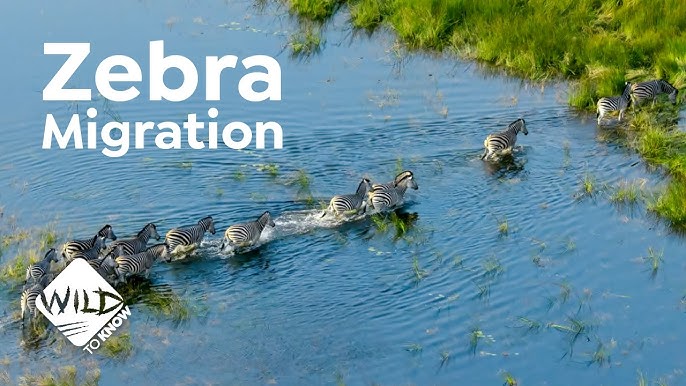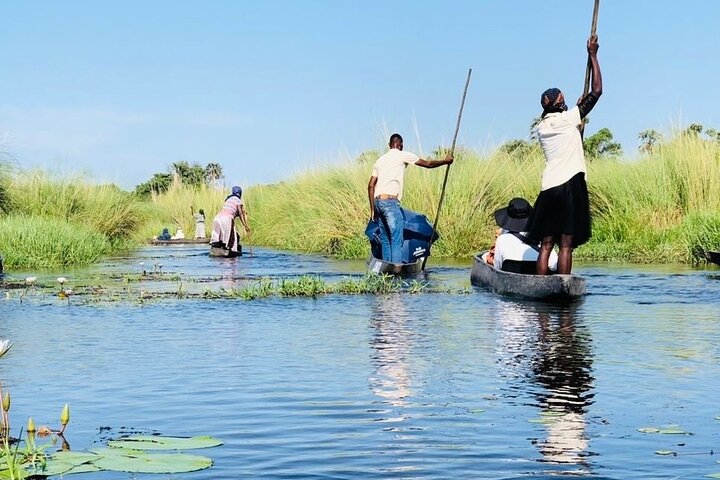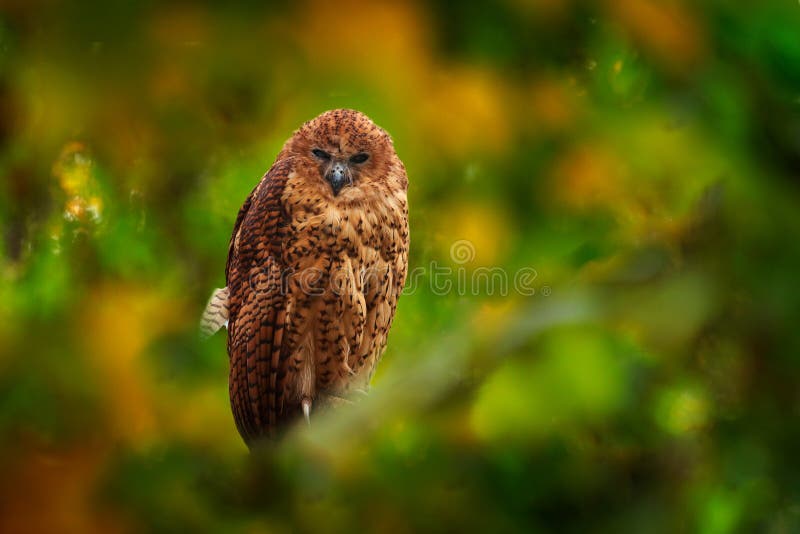A Birdwatcher's Paradise: Witnessing the Zebra Migration in Botswana's Okavango Delta

The Okavango Delta. Even the name whispers promises of untamed wilderness, but it's the chorus of avian life set against the backdrop of the Great Zebra Migration that truly stole my breath away. This isn't your typical African safari; the Okavango, a unique inland delta bordering the arid Kalahari Desert, offers a stark, beautiful contrast: lush waterways teeming with life spilling into seemingly endless sands. As a bird photographer, I’ve chased elusive subjects across continents, but my recent journey to Botswana to capture images of species like the Pel's Fishing Owl and the African Skimmer amidst the zebra migration was an unparalleled experience. It’s Okavango Delta birdwatching at its finest, and I'm here to share my story.
The Great Zebra Migration: A Wildlife Spectacle
Each year, from approximately June to October, tens of thousands of Burchell's zebra embark on a journey to the fertile grazing lands of the Okavango Delta during the dry season. This Botswana zebra migration birding phenomenon is driven by the search for water and food as the surrounding regions become increasingly arid. The scale is breathtaking; some estimate over 25,000 zebra make the trek, a testament to the Delta's life-sustaining properties. This large-scale migration profoundly impacts the entire ecosystem, especially the birdlife. Scavengers like vultures and eagles benefit from the natural attrition of weaker animals. Even smaller birds like oxpeckers thrive by feeding on parasites on the zebras' hides.
I remember the ground vibrating beneath my feet as thousands of zebra thundered past, a wave of black and white against the golden grasslands. Above, a Martial Eagle circled, its keen eyes scanning the herd. Cattle Egrets, normally fairly solitary, were huddled together, feasting on insects stirred up by the hooves. It was a perfect illustration of how intertwined the migration is with the Okavango Delta bird species list. The dry season birding presents unique opportunities.

Mokoro Safari: Exploring the Waterways
To truly experience the Okavango Delta, a mokoro safari is essential. A mokoro is a traditional dugout canoe, propelled by a local poler. Gliding silently through the reeds, you become one with the environment. The tranquility is unparalleled. It's an incredibly intimate way to experience the wildlife, especially the birds.
On my mokoro excursion, I spotted several African Jacanas ("Jesus birds"), seemingly walking on water lilies. A Rufous-bellied Heron, usually shy and retiring, posed patiently for a photograph. And the Malachite Kingfisher! Oh, the Malachite Kingfisher. Its iridescent blue plumage flashed like a jewel as it darted from perch to perch. Photographing from a mokoro presents unique challenges. The canoe's stability demands a steady hand, and the low angle requires you to anticipate the bird's movements. Dappled light filtering through the papyrus reeds can also be tricky. A waterproof camera bag and a stabilized lens were invaluable.
Our guide, Keabetswe, shared stories passed down through generations, explaining the cultural significance of each bird and its role in the ecosystem. He emphasized the importance of preserving the Okavango Delta, not just for the wildlife, but for the livelihoods of the communities who depend on it. Several lodges offer affordable birdwatching tours Okavango Delta.

Best Lenses for Okavango Delta Bird Photography Safari
Photographing the diverse birdlife of the Okavango Delta requires careful consideration of equipment. Here are some of the best lenses to bring:
- Telephoto Lens (400mm or greater): Essential for capturing distant birds, especially raptors and waterbirds.
- Wide-Angle Lens (16-35mm): Ideal for landscape shots incorporating birds in their environment.
- Macro Lens (100mm): Perfect for capturing the intricate details of smaller birds and insects.
Okavango Delta Birdwatching Lodges
Selecting the right lodge can significantly enhance your birdwatching experience.
- Xigera Safari Lodge: A luxury lodge offering unparalleled access to the Delta's waterways.
- Duba Plains Camp: Known for its excellent wildlife viewing, including birdlife.
- Vumbura Plains Camp: Provides a diverse range of habitats and bird species.
Walking Safari on Chief's Island: Tracking Wildlife on Foot
Chief's Island, the largest island in the Okavango Delta, offers a completely different perspective: the thrill of tracking wildlife on foot. The walking safari was all about focusing on skills of the trackers and their ability to identify animal tracks and interpret the signs of the bush. The primary objective was to find the elusive Pel’s Fishing Owl. This nocturnal predator favors dense riverine forests, making it notoriously difficult to spot. To maximize our chances, we wore camouflage clothing and moved as silently as possible. Our guide, David, was exceptional. He pointed out subtle clues – a discarded feather, a faint call in the distance – that indicated the owl's presence.
The experience was incredibly immersive. The rustling of leaves, the scent of wild sage, and the distant call of a Fish Eagle – every sense was heightened on that walk. While we didn't get a perfect photograph of the Pel's Fishing Owl on that particular outing, the experience of being surrounded by nature, with only our senses to guide us, was unforgettable. Chief's Island offers a unique opportunity for Okavango Delta safari bird photography.
Where to photograph Saddle-billed Stork Okavango Delta
The best locations to spot and photograph Saddle-billed Storks in the Okavango Delta include:
- Khwai River: Known for its high concentration of storks.
- Moremi Game Reserve: Offers excellent opportunities for wildlife viewing.
- Chief's Island: Provides diverse habitats for birdwatching.
Local Flavors: Seswaa and Morogo
No trip to Botswana is complete without experiencing the local cuisine. Seswaa, slow-cooked pounded beef, and Morogo, wild spinach, are staples. Seswaa is traditionally cooked in an underground oven for hours, a communal activity that strengthens community bonds. The beef becomes incredibly tender and flavorful. Morogo, often foraged from the surrounding bush, is a nutritious and earthy side dish. I had the opportunity to try these dishes at a local village, an enriching experience that offered insight into Botswana culture. Many bush camps also serve these traditional dishes.

Okavango Delta birds affected by zebra migration patterns
The zebra migration impacts several bird species in the Okavango Delta:
- Vultures: Benefit from increased carrion availability.
- Eagles: Prey on weaker animals within the migrating herds.
- Oxpeckers: Feed on parasites found on the zebras' hides.
Conclusion
My time in the Okavango Delta was a symphony of wildlife encounters, stunning landscapes, and cultural immersion. The unique combination of the zebra migration and the exceptional birdwatching opportunities makes it a destination unlike any other. From gliding silently through the waterways in a mokoro to tracking elusive owls on foot, every moment was an adventure. The Okavango Delta dry season birding is a truly special experience. If you're a bird enthusiast seeking an unforgettable adventure, add the Okavango Delta to your bucket list. You won't be disappointed. Ready to book Okavango Delta bird tour?